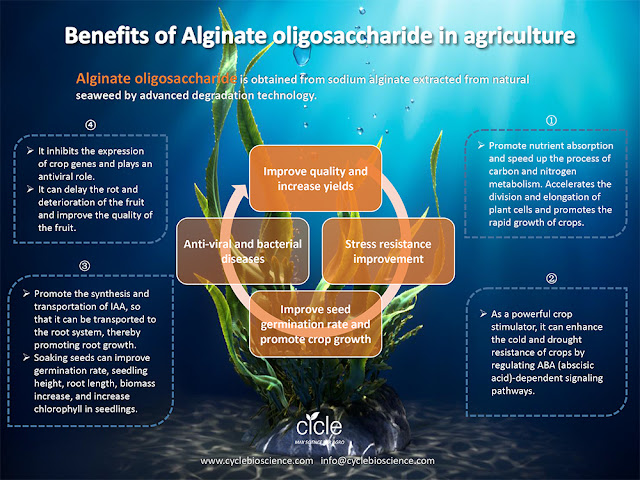A brief history of the application of Bacillus subtilis in agriculture
1.The discovery of Bacillus subtilis
Bacillus is the first probiotic group that people have come into contact with and researched, and Bacillus subtilis is one of the bacteria of high concern among Bacillus.
In 1835, Ehrenberg discovered Bacillus subtilis and named it "Vibrio subtilis".
In 1872, with the establishment of the bacterial classification system, Cohn named it "Bacillus subtilis".
In 1945, Johnson et al reported that Bacillus subtilis has the effect of preventing and controlling plant diseases;
In 1997, Kunst F. et al first completed the complete genome sequencing of Bacillus subtilis and published the results in the journal Nature
So far, in the field of planting, Bacillus subtilis has been widely used to control plant diseases, promote growth, improve soil structure, and improve crop quality.
2. Screening and production of subtilis
Traditional strain screening is usually based on morphological characteristics, enzyme-producing ability, bacteriostatic ability and stress resistance analysis and other methods to isolate in animal intestine, plant rhizosphere, soil environment, fermentation body and other environments, and carry out molecular biology, physiological and biochemical analysis. identification to screen out strains with excellent performance. The production of Bacillus subtilis includes fermentation and granulation. There are three main fermentation processes used in industrialization: liquid fermentation, solid-state fermentation and liquid-solid two-phase fermentation. In actual production, liquid fermentation is the main method. Granulation is an important post-processing link for fermentation of microbial products, which is of great significance for ensuring the stability of the bacterial agent and subsequent storage and transportation. High temperature, vacuum, freezing, radiation, etc. are usually used in the granulation process. Studies have reported that a large number of bacterial cells die during this process. The current technological conditions are spray drying and freeze drying.
3. The application of subtilis in the direction of microbial pesticides
As a biocontrol bacteria, Bacillus subtilis has a very broad antibacterial spectrum and has inhibitory effects on a variety of fungal and bacterial diseases: such as sheath blight, root rot, stem rot, total rot, fusarium wilt, verticillium wilt Disease, bacterial wilt, etc., can also control downy mildew, gray mold, powdery mildew, blight, apple mold heart disease, citrus penicillium, nectarine brown rot, strawberry gray mold, crown rot, anthracnose, Black spot, canker, golden pear fruit rot. Poplar canker, rot, black spot and anthracnose, tea leaf spot, tobacco anthracnose, black shank, red star fungus, root rot, cotton blight, fusarium wilt and other more than 100 kinds of diseases.
If you have any interest on Bacillus subtilis, please feel free to contact us:
Anne chou
Email:anne@cyclebioscience.com
Whatsapp:+86 15050351426




评论
发表评论